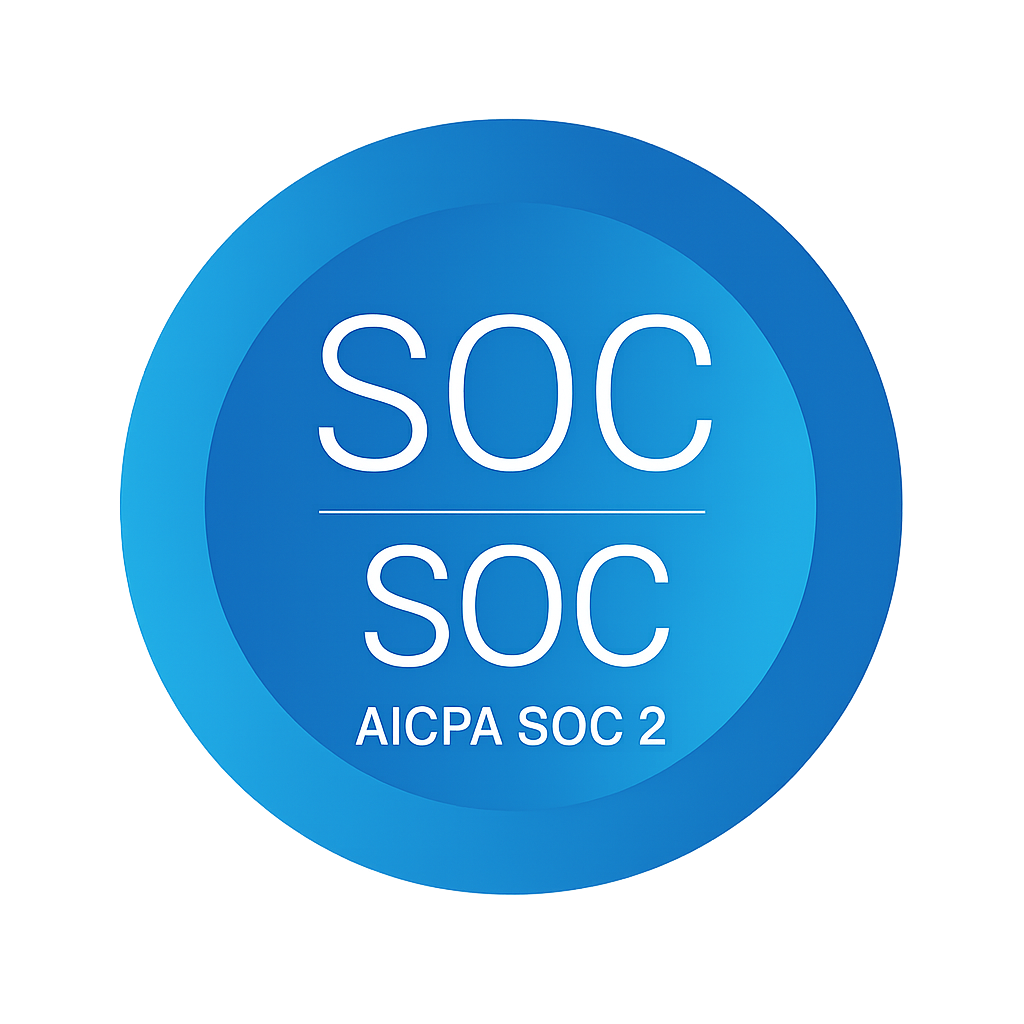Blog Summary:
- How can we develop a working definition of agile change management?
- challenges in change management, such as the rise of fallacies about agile
- How do agile at the organizational level and agile at the process level vary?
In this post, we'll go over a working definition of Agile Change Management. A few Agile myths that we encounter nearly daily are also examined, along with how they affect how people perceive the function of change management in an agile context.
Agile Change in Action
What exactly is Agile Change Management, and how do we go about coming up with a definition that would be helpful to us?
Developing a definition of Agile Change Management to start with:
Consider the two levels of Agile that organizations are presently working on as a suitable place to start, namely:
- Agile within an organization
- Agile in terms of development procedures
- Agile at the organizational level
Agile is strategic and focused on the overall direction and speed of the organization at the organizational level. To us, this means that Agile is about everyone being ready and able to quickly modify their roles and practices and to make (what are frequently) cultural adjustments to support new business models. It is about making the entire entity more agile in how it responds to the market.
A model of Enterprise Change Management support that is adaptable and pertinent to the needs of organizations having to transform themselves in an all-encompassing approach is required for the delivery of Agile at the organizational level. It requires a change capacity that can rapidly expand in order to support and prepare individuals at all organizational levels in order to deliver Agile at this level.
Change management needs to be everyone's concern in our fast-paced world of change and not only the domain of a select few professionals. Individuals, leaders, and teams must be able to quickly mobilize and manage the risk of perpetual loading, release enough capacity for business-critical changes, and plan and carry out individual initiatives correctly the first time and with the appropriate resources, regardless of where they are located in the world.
Process and development agility
Agile development techniques are focused on developing solutions through the joint efforts of various teams. It entails breaking down large projects into smaller, iterative components based on the idea that conditions change as a project progresses and that planning, design, and development must be flexible enough to alter as it interacts with people.
Agile project managers are similar to other project managers in that they prioritize meeting goals for time, cost, and scope. However, change management is still necessary to support acceptance and usage if we are to see meaningful outcomes. Simply put, change management needs to adapt in order to be most effective given the pace and structure of an iterative development process.
Agile still needs strong sponsorship, local manager buy-in, efficient communication, learning, and reinforcement at the level of development processes. Understanding the effects of change, gathering and reporting on change data, and major potential risks related to commitment levels, among other things, are still necessary. The effectiveness and significance of change managers will simply depend on how you approach these tasks and incorporate them into Agile team operations.
The figure below provides an illustration of how we envision this operating in client contexts, with change management capable of moving quickly and prepared to change course as sprint reviews and retrospectives lead to modifications in project direction.
Change management challenges and the rise of agile myths
Whether at the organizational level or the level of business processes, challenges for integrating change management into an agile environment play into the hands of several Agile misconceptions that we believe are deserving of debunking.
The inclination to be less deliberate and planned about the essential process of getting people to adopt new solutions is possibly the biggest hurdle. According to our client conversations, this is motivated by 2 prevalent Agile myths.
Less procedure, i.e., with Agile, a formal Change Management process is not as necessary. What we observe in practice is that engagement and potential disruption are more rapid and persistent, and leaders and their teams are exposed to change solutions early. Our clients are discovering that Agile demands change management that encourages greater employee involvement and that is an easily available risk dashboard for the people side of change, guaranteeing that these iterative sprints can be absorbed by people and the organization.
Less architecture, i.e., Agile offers fewer opportunities to formally integrate change management templates and tools. In the work we do for our clients, we don't see the lack of architecture argument, but it is clear that the time it takes to start over and reinvent change management processes is the enemy of agility. Our clients are demanding change plans that can be prepared fast and are easy to amend as needed. For decision-making and dynamic iteration, our clients are requesting more data to assist them in immediately identifying the realities and problems of new projects.
How Agile differs at the organizational and process levels
Agile Change Management is institutionalized throughout organizations.
It is a core competency, and the development of leaders and managers includes the acquisition of skills in change management. The organization as a whole adopts consistent role-based procedures and tools, and it is ingrained in the culture as "the way things are done around here."
Even the best Change Management methods will struggle to get momentum if individuals are overburdened by the amount of change; one of the most important metrics of strategic decision-making is people's capacity and limits for successfully changing.
Everyone is involved; building enterprise-level capabilities is simple and rapid; and cross-functional teams can be mobilized affordably and without regard to location.
Agile Change Management is adaptable from a development process perspective.
It begins with the fundamentals since, at its core, change management still entails placing oneself in the position of those who must adopt novel approaches and developing a strategy to help them do so. The next step is to feel confident about where to relax and flex and to let go of the idea of "perfect."
- beginning right away and being prepared to refine and refocus when solutions develop
- enabling more dialogue, starting it sooner, being more specific about the concerns and demands, and being able to react to fresh information about what's going on at the time
It is evident that organizations require greater resources due to the demands and expectations of Agile development processes. Change management must also adopt an Agile mindset, not less. To reap the rewards of Agile, project delivery and people adoption must have a smooth rhythm and tempo.



















.png)

.png)








